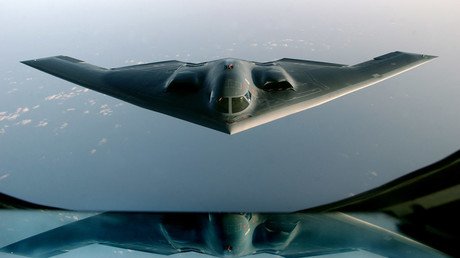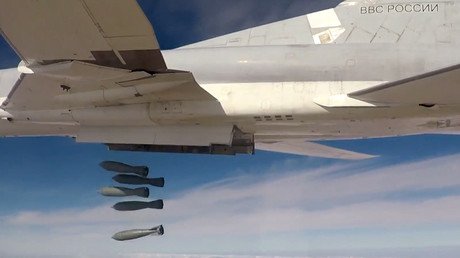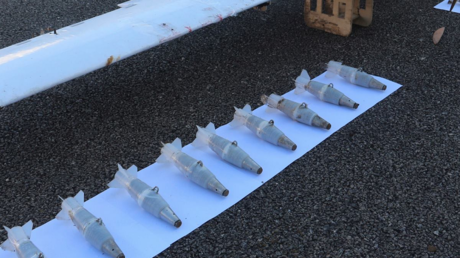‘Getting Europe ready to fight tonight’: US Army brings back Stinger MANPAD, trains over 60 teams

While the Pentagon is struggling to choose how to cover a gap in short-range air defense, the US Army is rushing to train troops in Europe to use the shoulder-fired version of the Stinger missile, famed for its use by the Taliban.
“Bringing back the Stinger addresses a self-identified gap that the army created and has recognized,” said Lt. Col. Aaron Felter, the director of training and doctrine for the Air Defense Integrated Office, as cited by Defense News. “We’re getting back to the basics and providing short-range air defense to maneuver units.”
“The immediate focus is Europe and getting Europe ready to fight tonight and defend Europe against any adversary,” Felter said, referring to NATO’s drive to reassure Eastern European allies that they would be protected from a hypothetical Russian attack.
According to the report, some 50 soon-to-be trainers were instructed on how to teach troops in the use of the weapon at the Hohenfels Training Area in Germany last Wednesday.
The shoulder-fired version of FIM-92 Stinger missile, a weapon the US vigorously supplied to the Taliban to fight against Soviet troops in the 1980s, went out of fashion in the US Army after the Cold War. Wars that the US has fought in the past three decades were against adversaries that had little to no way to challenge American air superiority, so there was little need for the portable anti-aircraft weapon.
The missile is still at the core of platforms like the AN/TWQ-1 Avenger system, a turret that combines a pair of Stinger launchers with a .50 caliber machine gun, and is mounted on a Humvee vehicle, which remains the workhorse short-range air defense (SHORAD) system for the US military. Its capability dwindled too, however. The number of SHORAD battalions in the US Army went from 26 in 2004 to just nine last year, of which only two are active-duty units.
Two factors combined to leave the US with a SHORAD gap that needs to be filled. One is that there is no longer any guarantee that the US will rule the skies in future conflicts, especially if it is pitted against a nation like China, Russia or Iran. The second is the rapid proliferation of combat drones among potential enemies – both the larger armed versions produced by China and Iran, and the small do-it-yourself variety extensively used by armed groups in Syria. The US now needs to protect maneuvering or forward-deployed units from a wider array of threats than it did a decade ago.
The US is currently assessing ways to close the gap, as defense contractors offer solutions ranging from Stinger launcher on Stryker vehicles to the 15-tube Multi-Mission Launcher, which is designed to fire a multitude of missiles from various producers.
The lack of a clear way forward is aggravated in the case of Europe deployments, where the US has to address interoperability issues and the individual agendas of various NATO allies. Dozens of three-man teams are being trained to use the shoulder-fired version of the Stinger missile, the weapon variant also known as MANPAD, which is seen as a stop-gap solution until some decision is taken on the overall SHORAD upgrade.
“In parallel efforts, the goal is to get 62 Stinger teams into the operational force as soon as possible,” Felter said. “In concert with that, additional SHORAD battalions are being stood up, which will result in aligning one SHORAD battalion with each division.”
The Russian array of SHORAD systems include older weapons like 2K22 Tunguska or Tor SAM family and the advanced Pantsir-S1, which recently demonstrated its prowess while defending Russian military sites in Syria from a concerted attack of 13 drones.
Think your friends would be interested? Share this story!
















